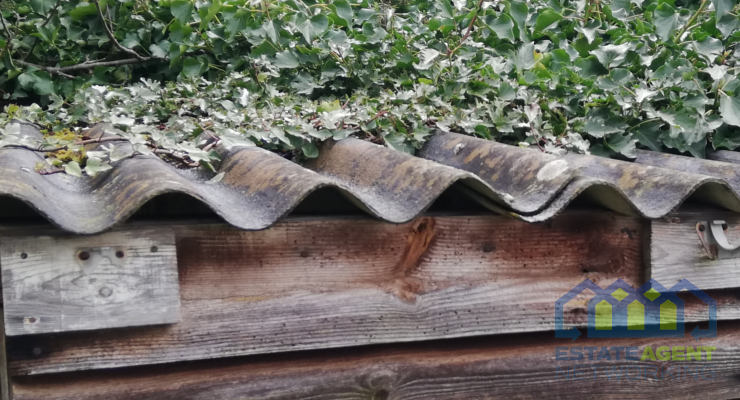Asbestos Surveys and The Home Buying Process
Asbestos is considered a problem if it is damaged and has potential to release fibres that could be inhaled into the lungs. If the asbestos is in poor condition, or if building works are planned that would disturb it, an asbestos survey would be required.
Mortgage lenders will want to know whether asbestos is present and if so, whether it will affect the value of the property and/or whether it needs removal.
If the material does pose a threat, then remedial treatment will be required and lending will be conditional on this being carried out. If there is a perception that the value of the property is affected by asbestos, lenders may reduce the amount they would otherwise be willing to lend.
Valuers carrying out a valuation for a mortgage lender would assume that there were no hazardous materials such as asbestos present at the property. However, if the inspection indicates to the valuer that asbestos is presumed to be present, the valuer would report this to the lender.
The lender may insist on an asbestos survey report before releasing the funds for the purchase. If the property contains asbestos, lenders will generally want assurance that the material does not pose a health threat. The view of the council of mortgage lenders is that it is for individual lenders to decide what steps to take if asbestos is present at a property.
The purpose of the asbestos survey is to identify and confirm asbestos containing materials (ACMs) in the home, reporting on the condition (health threat) and the costs of remediation.
Who pays for the asbestos survey? To speed up the sale of the property it’s worthwhile having some guidelines in place for when the situation arises. Should it be the seller as it’s their asset? Or the purchaser, who will use the results of the survey for downward negotiation?
If the lender is insisting on an asbestos survey before releasing funds then it is normally the purchaser who pays for the survey. Having said that, we have had many occasions where the seller has paid the bill.
The time period for carrying out the asbestos survey and reporting can take up to 5 working days, in most cases the report is produced within the first 24 hours but it cannot be finalised until the results of testing samples come back from the laboratory. This can be speeded up by the purchaser requesting a premium 24hr sampling service.
Depending on the condition, asbestos containing materials found and confirmed by the survey do not need to be removed from the property and although the asbestos survey is instigated at the point of purchase it should be used going forward in the management of the home by the occupier. If any refurbishments works are planned, tradesman and contractors should be made aware where asbestos is before commencing any work.
Written by Anthony Fallon – anthony@fallonpilott.co.uk







